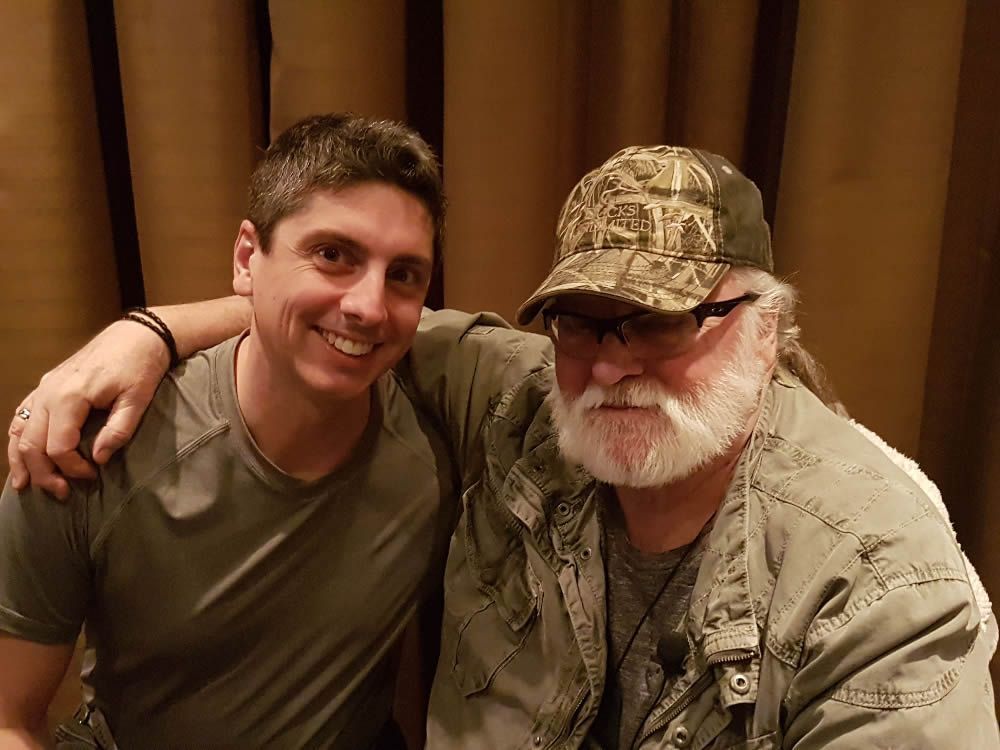Our Approach to Health and Rehabilitation
Myofascial Release
By Dan Bosy, RPT
Picture this. You are gently holding a stretch when you feel the tightness all of the sudden let go and you can move even further into the stretch. You may have experienced a form of Myofascial Release.
What is Myofascial Release?
To understand this concept one must first know what the name means.
Myo refers to muscle.
Fascia is connective tissue of the body.
Release means to let go.
So the name means releasing the muscle and connective tissue of the body.
What is Fascia?
Fascia covers almost everything in our body including nerves, blood vessels, organs, bone, and muscle. In the case of muscles, fascia is found around the outside of the muscle, around the bundles that make up the muscle, and around the groups of muscles that make up the bundles right down to the individual muscle units that are the building blocks for all muscles. It is the fascia that continues at the end of the muscle to become a tendon that attaches muscle to the bone. Fascia is what gives us our shape and allows us to be more than blobs.

Fascia is made of mostly collagen fibers, some elastic fibers and the fluid like ground substance. The collagen fibers are like little hollow ropes that line all the other tissues and give rigidity while the elastic fibers allows for flexibility. They form a 3D matrix that changes shapes and deforms under tension. They can fray like an aging rope and stick together a little which means that we are constantly renewing these fibers.
What Happens When We Are Injured?
Injuries pull the ropes apart and surgeries can cut the fascia, epithelial (skin) and other cells apart. This creates an opening that needs to be repaired.
There are three main stages of healing:
- Inflammation - where you have swelling and platelet activity to stop the flow of blood.
- Regeneration – Laying down of weaker type 3 collagen fibers, white blood cells fight infection, and tissue stem cells repair the damaged tissue.
- Maturation – Type 3 Collagen Fibers are replaced by stronger Type 1 Collagen. The fibers also realign to better resist the forces placed on it.
How Long Does It Take An Injury To Heal?
The inflammatory stage of healing has been thought to take 48-72 hours, then the proliferative phase takes till 21-48 days after injury and the maturation phase lasts till 12-18 months after injury. The longer the inflammation stays and the more collagen is laid down that the tighter the connective tissue/fascia will become. This can have far reaching effects on our body.
For example, an appendix being removed is considered one of the easiest procedures for a general surgeon with an extremely low complication rate. The fascia at the appendix and ileocecal valve region is intimately connected with the fascia of the psoas muscle. After the surgery, the fascia can tighten and pull on everything that is connected to it. For the fascia of the psoas, this means the tightness can affect the front of the lower back from the diaphragm all of the way into the pelvis and everything in between. The greater the tightness the more effect it will have on the internal organs of the abdomen. However, the fascia of the diaphragm and pelvis have additional connections which would then be affected by this tightness and so on. This is just one of the many fascial interconnections present in our body.
Myofascial Release has been taught for more than 40 years by John F. Barnes, and American Physical Therapist. The treatment is safe and effective and almost everyone can benefit from it.

Dan Bosy with John F. Barnes in Sedona, AZ
Benefits from Myofascial Release
- Less pain and headaches
- Improved posture
- Reduced muscle tension and tightness
- Improved function
- Better flexibility and mobility
- Enhanced body awareness and control
- Improved balance and coordination
- And more…
How does Myofascial Release Work?
Myofascial release works by gently pulling on the collagen fibers causing them to release. Collagen fibers are very strong, and can resist forces of up to 2000 lbs per square inch which makes them ideal for tendons and ligaments. However, under a gentle pull, individual fibers will start to break or release and the tightness will ease. As you are experiencing the release, you will actually feel the changes happening in your body. The more you feel, the more completely you will heal. Almost everyone has tightness in some part of their body, the questions are how much do you have and does it affect what you do?
Learn More:
- Structure and Function
- The Mind Body Connection
- Managing Stress
- The Body as a Self Healing Mechanism
- The Concept of Compensations
- The Trouble with Core Stability
- What is scar tissue?
- Importance of Regular Maintenance
- Understanding Inflammation
- Inflammation and the Digestive System
- Plantar Fasciitis
- Sciatica
- What the Blue Jays Should Learn from Josh Donaldson's Injury
- Understanding Hypertension
- Myofascial Unwinding
- Detox
- Myofascial Release
- Acupuncture
- Is Marcus Stroman Healthy?
- Water
- The Placebo Effect
- Jays Matt Shoemaker Tears ACL
- To Stretch or Not To Stretch
- Prostate Health
- Changing Subconscious Beliefs
- How Does Muscle Testing Work Online
- Paul Married Alice: Is There A Perfect Match?
- Ways to Deal with Anxiety for Teens
- What is a woman’s most crucial role in her partner’s life?
- A Cold – Your Body Speaks Your Mind
CONTACT
-
Phone:905-335-0372
-
E-Mail:This email address is being protected from spambots. You need JavaScript enabled to view it.
-
Address:3-4300 Upper Middle Rd.
Burlington, ON L7M4P6
